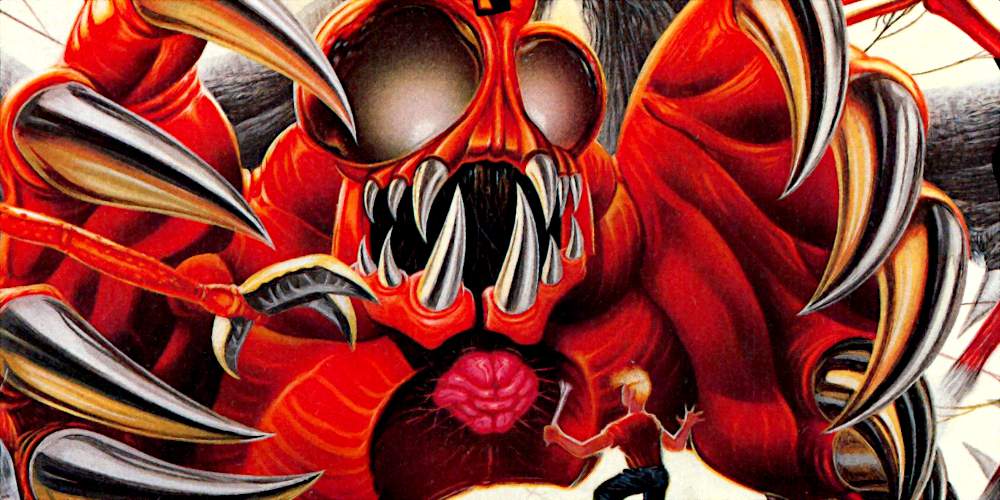In the world of JRPGs, there are few companies with a stronger legacy in the US than SquareSoft. As the localization branch of Square, this subsidiary was responsible for bringing some of the most popular and enduring Japanese RPGs to the English-speaking world.
The SquareSoft logo was emblazoned at the start of games like Final Fantasy III and Chrono Trigger, forever linking the company to the genre in the hearts of gamers throughout the SNES console generation.
But here's something that may come as a surprise to those of you who lived and breathed that era of JRPGs: SquareSoft was never intended to be a video game developer!
Located out of Redmond, Washington, this company's sole purpose was to localize Square titles for American audiences. Throughout the company's history, they actually only created a single game themselves—and that game was Secret of Evermore.
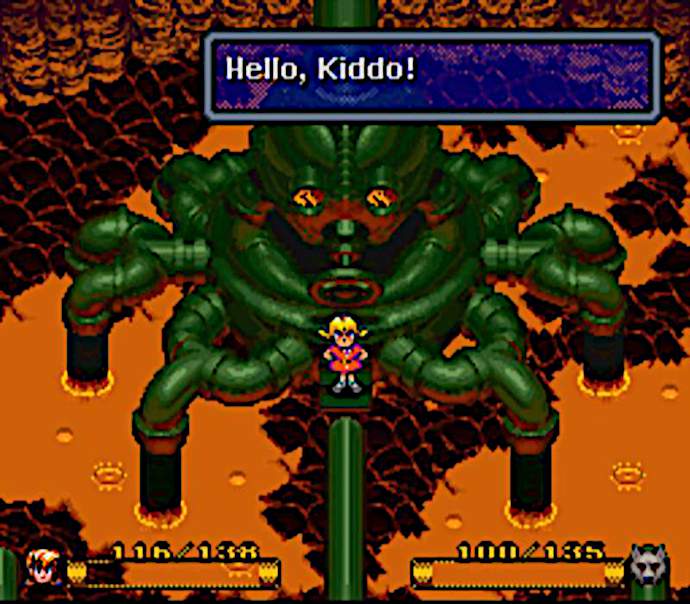
Secret of Evermore has come to occupy a unique place in video game history as the only JRPG developed by an American company with Western audiences in mind from the very beginning.
There were only two major console gaming companies at the time: Nintendo and SEGA. Both companies were Japanese, which meant that most video games for their platforms were created by Japanese companies for Japanese audiences.
Around that time, someone at Square—who had seen the success of titles like Secret of Mana and the Final Fantasy series in the US—decided to make a grand experiment.
Their goal? To further break into the Western gaming market with a video game that felt and played like a traditional Japanese RPG, but designed in a way to appeal better to American audiences.
And who better to develop this new game than the people who had already been localizing their games for the US?
According to a 2008 interview by the game's lead programmer, Brian Fehdrau, the company received a simple directive from their parent company: make an American-flavored Secret of Mana-like game. How they went about it was up to them as long as it hit that specific criterion.
The story for Secret of Evermore would change a few times during the course of the game's development before it finally settled on a young boy transported from his small town of Podunk, USA to the strange and wildly changing world of Evermore.
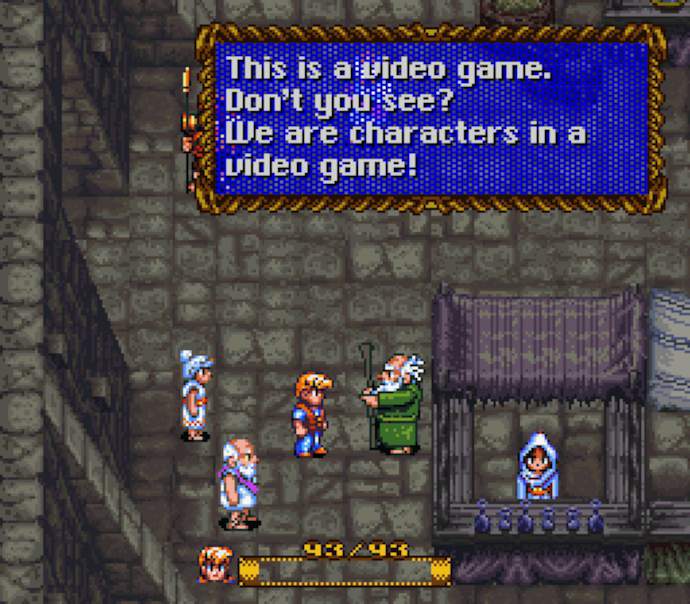
Gone were the characters with too many belts and references to Japanese mythology, replaced with quotes from fictional B-movies and American pop culture that littered the game's dialogue.
And while the game controls and systems felt familiar to anyone who had played Secret of Mana, the characters and plot felt markedly different than anything else that was on gaming consoles at the time.
Secret of Evermore included features that the developers had borrowed from the aforementioned Secret of Mana—such as the Ring Menu and the real-time combat system—but the two games were otherwise unrelated.
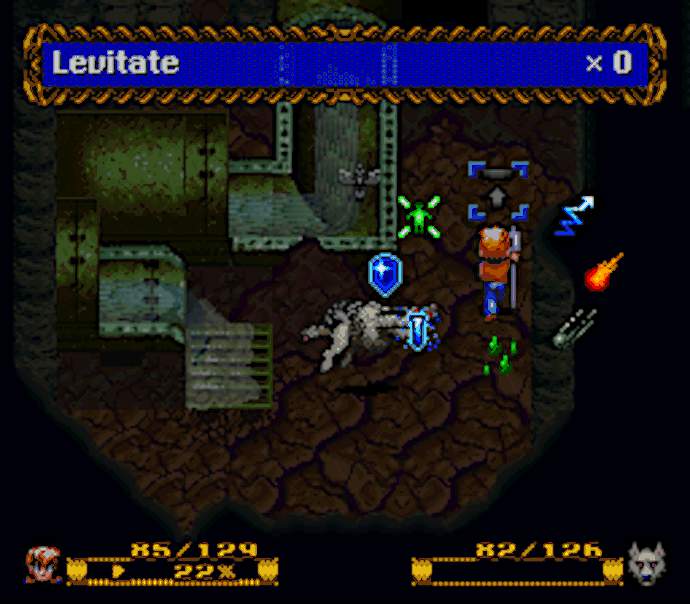
In fact, the "Secret of..." naming scheme for the title wasn't even intended at the start. It was added on later in development to help boost sales after Secret of Mana sold better than expected in the West.
That said, the parts of the game that were inspired by Secret of Mana had to be programmed and developed from scratch by SquareSoft's team in Washington. Due to dubious corporate structures, they couldn't use any code originally created by Square despite sharing a parent company.
But that turned out to be good news because the team used this to their advantage in other areas, knowing that they could blatantly rip off whole interface ideas without the risk of being sued.
The vague directive from the head office gave the team almost unprecedented freedom to experiment with the game. This freedom is most prominent in the game's soundtrack, which was composed and produced by a young man named Jeremy Soule.
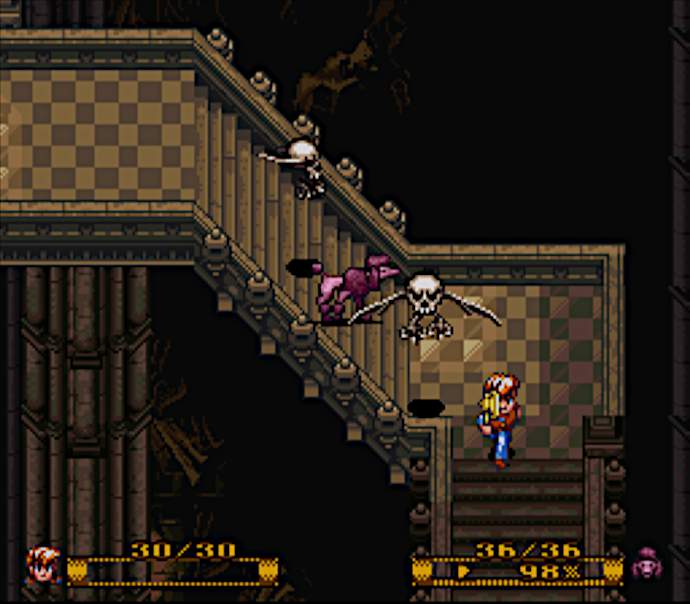
At the age of 19, Soule sent an orchestral demo to the SquareSoft office in the hopes of getting work. Secret of Evermore was the first game in Soule's career before he graduated to bigger gaming franchises, including The Elder Scrolls series, Guild Wars, and Icewind Dale.
Soule's score for Secret of Evermore was infused with the ambient noises of the jungles, cities, and markets of Evermore. He pushed the SNES's hardware limitations to their absolute limit, creating a soundtrack that was like nothing else at the time.
Considering how innovative and different Secret of Evermore was, you might be wondering how it managed to fly under the radar and go unnoticed by pretty much all SNES gamers of the era.
Even though Secret of Evermore is now considered a cult classic among retro gamers, it didn't start off well.
Part of this was due to timing. Secret of Evermore was released just a few months after Chrono Trigger—which ranks high on nearly every "Best Of" list of SNES games—and it dominated the gaming press. Square also put most of their marketing budget toward that instead.
Beyond its poor launch timing, Secret of Evermore required a lot of grinding to individually level up each weapon and spell, and the game itself shipped with a handful of glitches and poor design choices that made it difficult to beat the final boss.
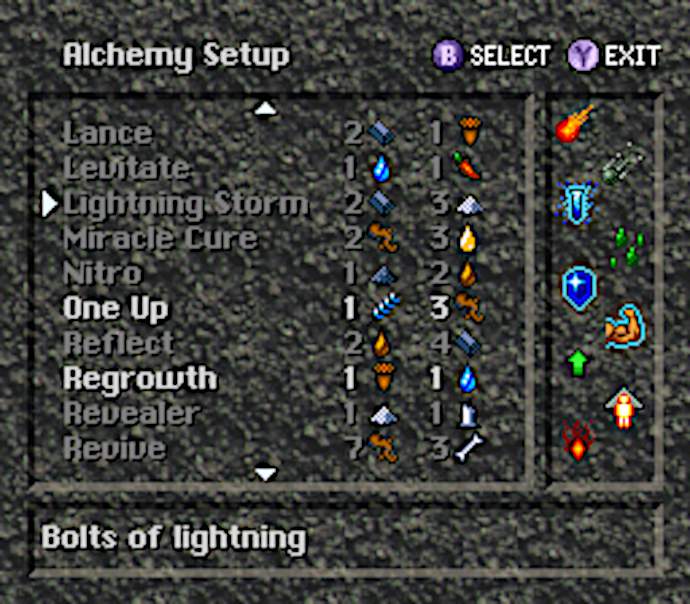
Plus, people mistakenly believed that it was meant to be a sequel to Secret of Mana due to the last-minute title change, resulting in confusion and disappointment from several fans.
To this day, Secret of Evermore is the only game that SquareSoft ever made in-house. Despite its flaws, Secret of Evermore remains a charming title that's still one of the most unique gaming experiences.
SquareSoft continued to localize and translate games for Square up until 2003, when it was rebranded as Square Enix in a corporate merger.
